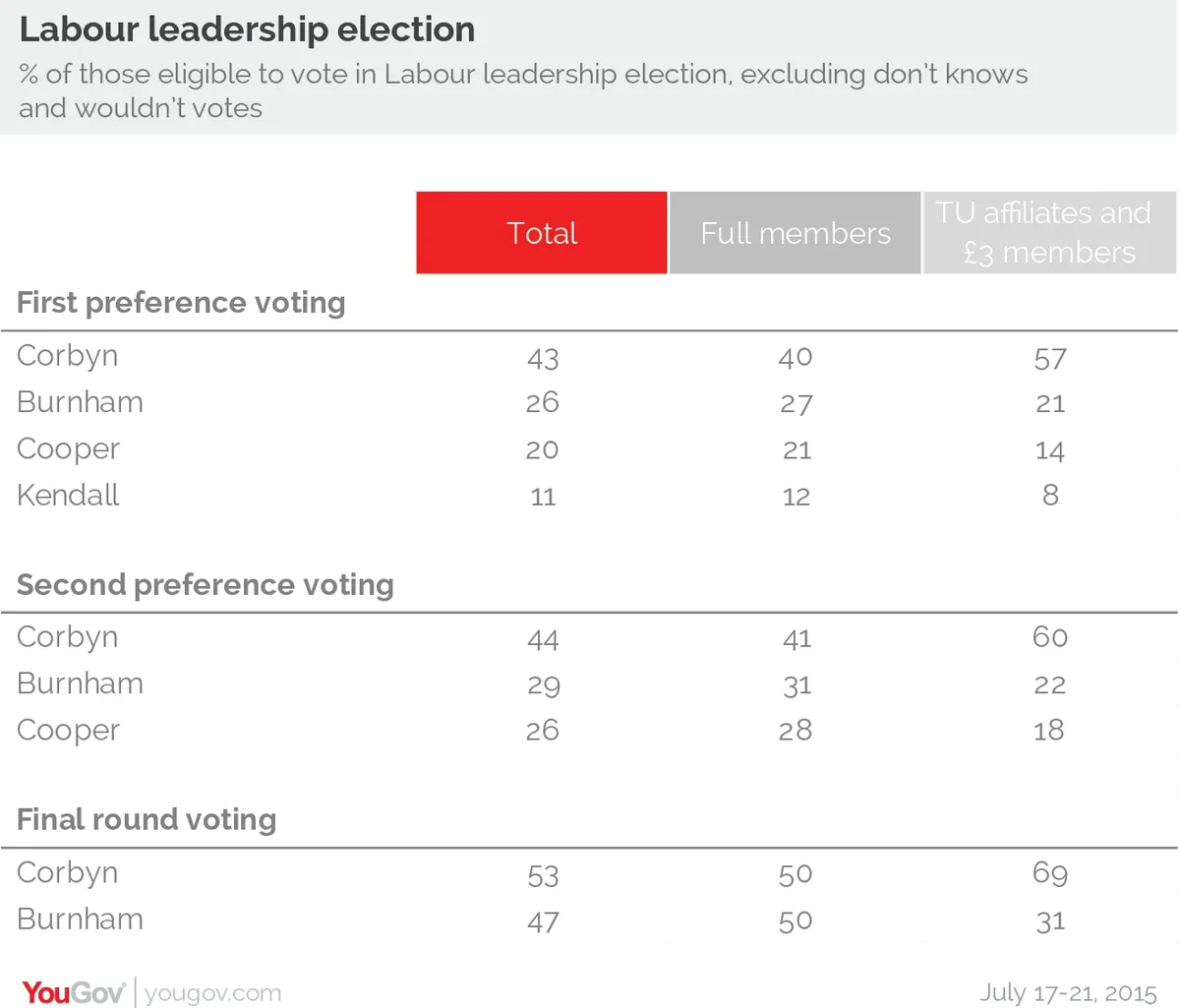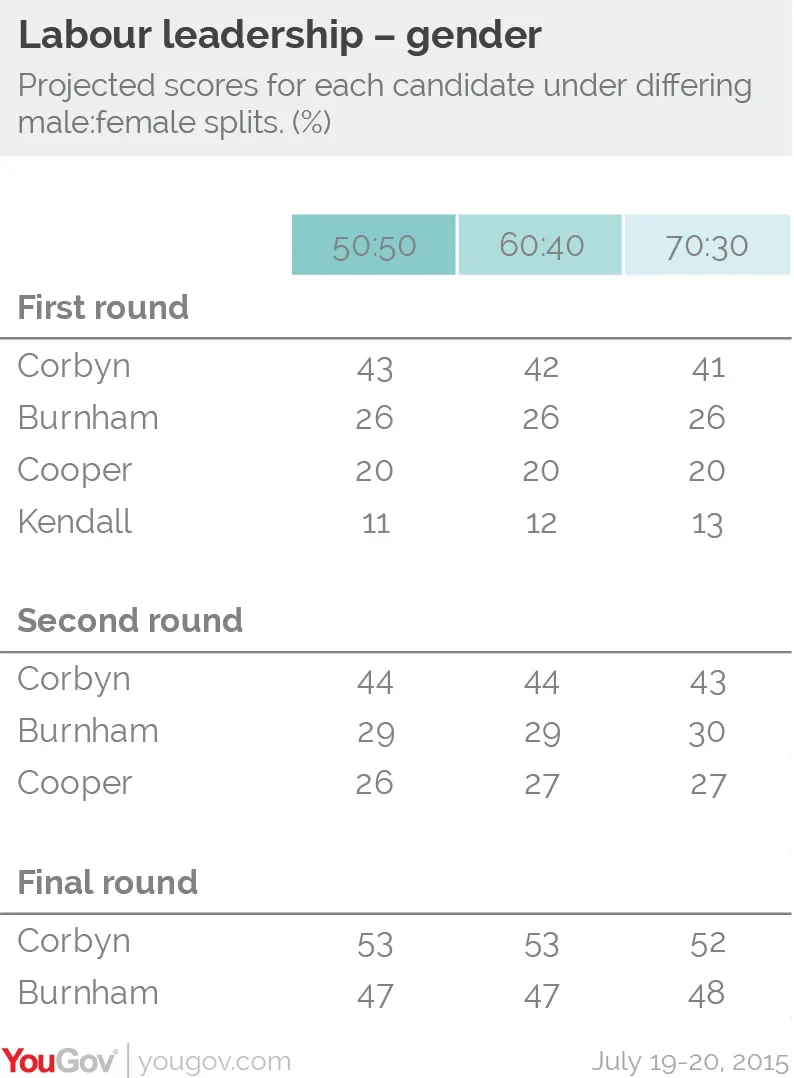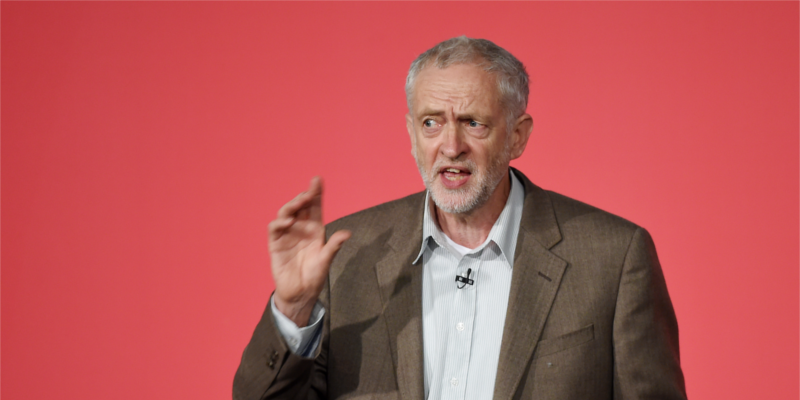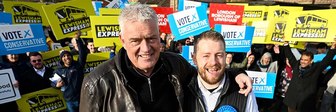In YouGov's first Labour leadership poll, Jeremy Corbyn leads with Andy Burnham close behind
Jeremy Corbyn could be Labour’s next leader. Until a few weeks ago I never imagined I would write such a sentence; but the figures from YouGov’s poll for The Times make that outcome distinctly possible. Before discussing the views of party members and supporters in more detail, let me address the obvious riposte – in the light of the polls’ performance in this year’s general election, why should we trust these latest figures?
In 2010, YouGov called Labour’s leadership election spot on. When virtually every pundit was predicting that David Miliband would win, we reported that Ed was ahead by 51-49%. To some extent we were lucky. We overstated Ed’s support among local party members, and understated it among trade unionists.
This time we have sought to improve on that performance. Just over one-third of this year’s leadership electorate recall voting in the 2010 contest; we have weighted our raw data for this group to reflect David Miliband’s lead among local party members. We have also matched our sample to the Labour Party’s own data on the age, gender and region of its members – information we did not have five years ago.
Two other variables are relevant: length of membership and membership type (full members and affiliates). In our sample, one-third have joined the leadership-electorate since this year’s general election; and 16% of our respondents have signed up as members of affiliated trade unions or paid £3 to be registered as party supporters. These figures accord with media reports that Labour had 200,000 members before the election, and that the leadership-electorate is around 300,000, with 50,000 having joined as full members and a further 50,000 registered via the trade union or £3 route.
That said, it is of course possible that party members and trade unionists who join YouGov’s panel are not fully representative. For that reason, Corbyn’s 53-47% lead over Andy Burnham in the final round is within the margin of error. Our poll is like a grainy photograph of the Grand National with half the race still to run: we have a broad sense of the state of play but cannot be sure of the eventual winner.
Nevertheless, it is clear that the affiliated trade unionists who are being signed up for this election are helping Corbyn’s chances. Should he win the overall contest narrowly, these voters will have tipped the balance.
On our figures, full Labour party members (including those paying the reduce student and unwaged rate) show Burnham defeating Corbyn by 50.5-49.5% - a statistical dead heat; however, among those who have the vote in the current contest because they have paid a £3 registration fee or signed up as a member of an affiliated trade union, Corbyn is well ahead, with 57% of first preferences and a 69-31% lead in the final round.

In 2010, YouGov found a marked change between July, when David Miliband was ahead, and September, when Ed overtook his brother. With 20% of Labour’s electorate yet to make up their mind – and with unions still signing up members to register to take part in this year’s leadership election – the race is wide open.
As a rule of thumb, if Corbyn wins around 40% in round one, then it is touch-and-go whether he wins the overall contest; every point above 40% he gets in round one makes his victory more likely.
This runs counter to the view that if Corbyn can’t win on the first count, he can’t win at all, because nobody who backs Burnham, Yvette Cooper or Liz Kendall will give him their second preferences. This is not so. In our survey, 26% of Burnham’s supporters give Corbyn their second preferences; among Cooper’s supporters the figure is 22%. Only Kendall’s supporters seem overwhelmingly averse to Corbyn: he receives only 6% of her second preferences. Moreover, a fair number of Burnham, Cooper and Kendall supporters either won’t cast a second preference or are undecided.
(We should note that Kendall’s supporters give their second preferences mainly to Cooper, reducing the Burnham-Cooper gap in round two to just three points. Given sampling error and the fact that the campaign has some weeks still to run, we cannot be certain whether Burnham or Cooper will face Corbyn in the final round; and, if Corbyn’s and Burnham’s campaigns stumble, Cooper has a chance of eventual victory.)
The broader lesson is clear. If Corbyn does win more than 40% of first preferences, he can be defeated only if his rivals gang up against him. They need to persuade their followers to cast their second and third preferences, and make sure they are all for each other, rather than for the MP for Islington North.
They may not find this easy. One reason why Corbyn is so popular is that he is in tune with what most party electors want from their new leader. We gave people a list of 14 attributes and asked which three or four of them were most needed. The top two, ahead by a mile, are a leader who is “in touch with the concerns of ordinary people” (cited by 62%) and “provides an effective opposition to the Conservatives” (52%). Corbyn is far ahead among both groups.
In contrast, only 27% of leadership-voters include in their top four qualities: “understands what it takes to win an election”. Among this group, Corbyn comes last with only 17% support.
The race for deputy leader looks more clear-cut. Tom Watson is ahead with 42% of first preferences. This is slightly less than Corbyn’s first-preference 43%. However, Watson’s nearest challenger, Stella Creasey lags 21% behind; unless something astonishing happens, he looks unstoppable.
Addendum
There has been some discussion over the gender breakdown of our sample, given no official statistics exist for people eligible to vote in Labour’s leadership election. Therefore, we have gone back and reproduced the numbers based on a 60:40 male/female split and a 70:30 male/female split, keeping all other weighting targets (age, region and past vote) consistent. The table below outlines the results, showing no material difference between the three gender breakdowns:











